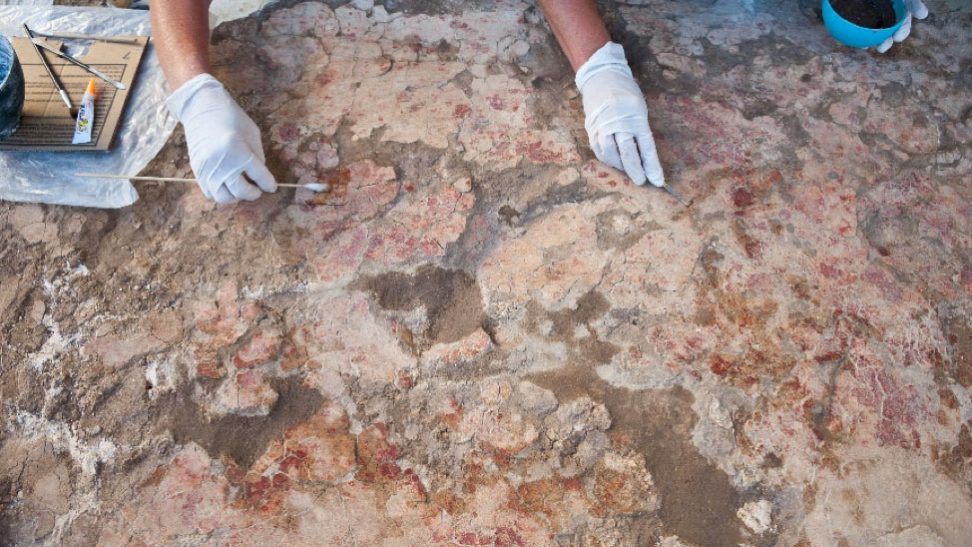Utica Project. Research of the Phoenician-Punic city
Universidad de Almería.
Location: Utica,Tunisia.
Description: According to Strabo, Utica was, after Carthage, the most important Phoenician city in Libya (Strabo XVII, 3, 13). The geographical location of Utica as a bridge between East and West, at the bottom of a sheltered bay, justifies the early foundation of a contemporary colonial settlement.















